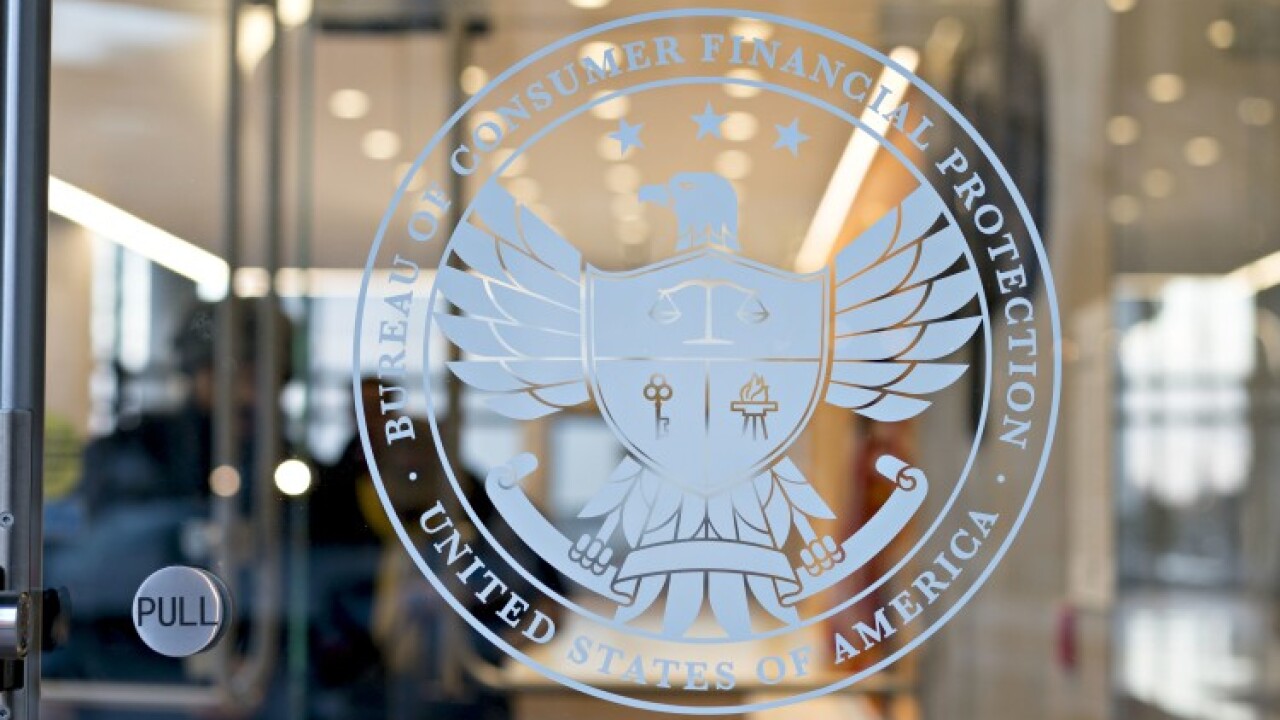-
The Consumer Financial Protection Bureau seeks to address challenged posed by the sunset of the London interbank offered rate at the end of 2021.
June 4 -
The head of the U.S. central bank said its emergency credit programs were not designed to prop businesses up over the long term.
May 13 -
A negative Federal Reserve policy rate is still improbable, but if it were to happen it could be a net benefit, according to a note from JPMorgan Chase.
May 13 -
Bankers say they understand the need for an extraordinary government response to the coronavirus outbreak, but worry that even slashing interest rates won’t stimulate demand.
March 16 -
The Federal Reserve has voted unanimously to cut the interest rate 50 basis points to 1.10% effective March 4, in the first emergency rate cut since 2008.
March 3 -
Canadian real estate is increasingly becoming a seller's market as supply shrinks to decade lows, raising the prospect of rising prices and the re-emergence of froth in some major cities.
January 16 -
High-grade corporate bonds bested mortgages by a wide margin in 2019 and are likely to outperform them again this year, according to JPMorgan Chase & Co.
January 6 - LIBOR
Regulators' oversight of the industry's switch to a new interest rate benchmark is expected to intensify as a key deadline approaches.
December 30 -
David Becker, who founded First Internet Bank two decades ago, says traditional banks' digital-only ventures are only making his bank look more mainstream.
November 26 -
Concerns over banks’ level of preparation have led to worries about disruptions in the lending market, and some financial institutions warn that a new interest rate benchmark could cause lenders to pull back on credit.
October 27








